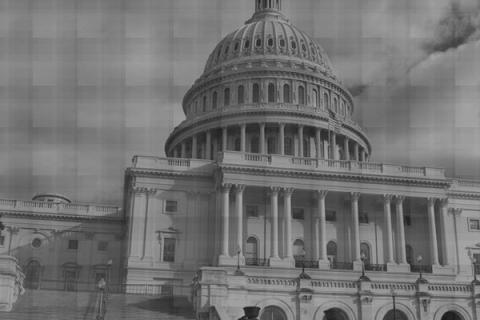
In August, the Bureau of Labor Statistics reported that the number of long-term unemployment claims changed minimally from the previous few months. Long-term unemployment has been holding steady at around five million people, or forty percent of total unemployed persons.
Unfortunately, these statistics only scratch the surface of the severity of the longest standing employment crisis since the Great Depression. Characterized by those who have been seeking employment for over six months, long-term unemployment has consequences that reach far beyond the statistics of recession— heavy, enduring effects on long-term growth and the societal psyche.
A coarse descent from the middle class is an all too tangible reality for those who lose their jobs and struggle to find work in a timely manner. While the Tax Relief, Unemployment Insurance Reauthorization, and Job Creation Act of 2010 has provided some vital means for individuals and families, particularly with a single parent, to stay afloat during difficult times, employers are not expressing impunity for those with large gaps in their resumes.
According to a survey published by Forbes:
“The range of time that job seekers can be unemployed before recruiters and hiring managers start souring on them is between six months and a year, according to 36% of poll respondents. Seventeen percent said that being out of work for fewer than six months would also make it difficult to place someone in a job."
The New York Times recently narrated the stories of participants in a California government funded group called Experience Unlimited, who are all too familiar with this unforgiving attitude. The group, located in Corona, attempts to help jobseekers find employment through support groups and training. In one instance, the group discusses a potential job opportunity at the hardware giant, Lowes, that will pay twelve dollars an hour. Ironically, the wage is less than most receive on unemployment benefits.
One group member, Byron Reeves, who has found himself unemployed for four years, has sent out 1,600 resumes resulting in a meager ten interviews. The group's collective narrative is not unique. Reeves’s story is not unique. The New York Times publication is not unique. The personal anecdote of the undermined hard worker, long seeking employment, discouraged and downtrodden, with children to feed, bills to pay, and a home now bank-owned has been perpetual and consistent these last few years. Yet, the last recession officially came to an end in June 2009.
Just shy of three years later, a February report by the CBO notes that over half of long-term unemployed persons withdrew money from savings accounts. The implications of this can be adverse in the long term, including reduced consumer confidence, spending, increased debt, “forgone investment income,” and higher interest on future borrowed money. On a societal level, this decreased velocity of money only stagnates economic growth. On a personal level, ithis ncreased financial stress results in a deterioration in mental and physical health, erosion of skills, and the confidence necessary to pursue employment.
So, where does this leave the American people? For the long-term unemployed, such as Reeves, is breath wasted on the now famous question: “Are you better off now than you were four years ago?” It seems that this is a question not to be ignored and can be an important earmark for economic analysis and policy. Federal Reserve President Ben Bernanke recently expressed “grave concern” over the sluggish improvement in unemployment numbers and the increases, however minimal, of those who have become categorized as “discouraged workers.”
Official unemployment rates exclude discouraged workers and those who are employed part-time but wish to work full time. The inclusion of these two groups would put the unemployment rate at a staggering fifteen percent. Unfortunately, in an election year, politicians will hardly analyze this number with great care so as to avoid further distortion of their public image.
Yet, to avoid long-term “scarring” of the labor market, the Fed has taken a more forward-thinking approach to job creation. It will continue buying government bonds to show employers they intend to support businesses’ long-term hiring decisions and investments. Remaining hopeful and driving away fear can go a long way, both for employers and those seeking employment.
